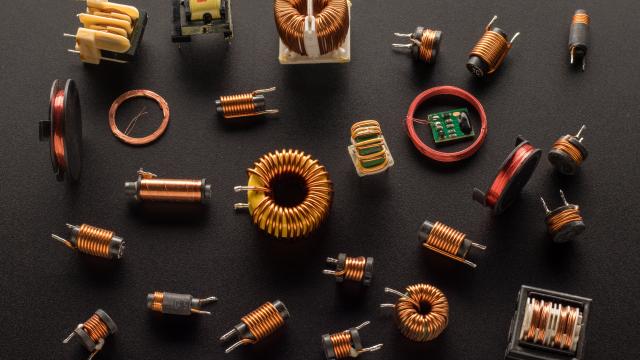As the world shifts to renewable energy, our appetite for copper — a key component for renewable technologies — is rising rapidly. But we may not have the tools to meet the growing need.
By 2035, the global demand for copper is projected to nearly double, according to a new S&P Global report released Wednesday. In the worst-case scenario, based on our current production trends, the report projects a shortfall of 9.9 million metric tons of copper in 2035.
“The gap arises even under assumptions of aggressive capacity utilization rates and all-time-high recycling rates,” says the report. “Even with these aggressive assumptions, refined copper demand will outpace supply in the forecast period up to 2035.” To provide an additional sense of scale, the report explains that the amount of copper that will be in demand over the next 30 years will be more than all the copper we used in the world since 1900. That’s a lot of metal.
“The energy transition is going to be dependent much more on copper than our current energy system,” Daniel Yergin, the vice chairman of S&P Global, told CNBC. “There’s just been the assumption that copper and other minerals will be there…. Copper is the metal of electrification, and electrification is much of what the energy transition is all about.”
Copper is a great conductor of electricity, second only to silver in its ability to funnel electrons and protons from point A to B. As a consequence, the metal is a key component of batteries, electronics, appliances, power grids — you name it. If it runs on a current, it probably actually runs on copper. But it’s a limited resource, and mining and processing the metal is a dirty business in its own right.
To kick our fossil fuel addiction, we’ll need copper, and there will need to be some environmental compromises to get it. We’ll also need to reclaim and recycle as much of the metal as we can. But even then, the new report emphasises that our current plans might not be enough.
“Substitution and recycling will not be enough to meet the demands of electric vehicles (EVs), power infrastructure, and renewable generation,” the report says. “Unless massive new supply comes online in a timely way, the goal of Net-Zero Emissions by 2050 will be short-circuited and remain out of reach.”
S&P Global’s analysis highlights electric vehicle production as a particularly fast-growing draw on copper supplies. The company projects that the amount of metric tons of copper used in EVs and charging infrastructure will more than triple by 2050. Electricity transmission and distribution is listed as another major copper usage sector in the drive toward electrification. (Notably, the bulk of copper demand is still expected to be from non-energy transition markets, like building construction, appliances, brass hardware, cell phones, and data processing and storage.)
Bolstering the issue of supply shortage is the fact that most of Earth’s copper is found in a small number of places. According to the U.S. Geological Survey, 65% per cent of copper’s known reserves are in Chile, Argentina, Peru, Mexico, and the U.S. And new copper mines can take years to develop, says S&P — which means shortages are likely even if we start developing way more mines yesterday.
“The objective of this study is to size the gap between policy ambitions and the level of production that can be delivered in the years ahead. It is not intended to recommend or predict which possible solutions or combination of solutions should or can fill the supply gap,” reads the report.
The report does reference other possible strategies to try to lessen the stress of electrification. The world could adopt more efficient technologies that reduce copper demand, for example, or substitute more abundant materials like aluminium in copper’s place. But the analysis is careful to explain that none of these, alone, are likely to be a viable solution for the coming crisis. Instead, addressing the issue will take effort on all fronts: more mining, but also more recycling, and better, higher efficiency technology all around.
This all echoes another major report on looming mineral and metal scarcity from the International Energy Agency. The IEA document found similar (or even more intense) shortages likely among graphite, lithium, and cobalt. Lots of other metals and minerals are necessary in battery production and electrification, and those are in short supply, too.
So what do we do if we’re unprepared to electrify our way out of climate change? How can we grow into a more sustainable society? Maybe part of the solution is in not growing at all but downsizing into something less demanding of our planet’s resources.
